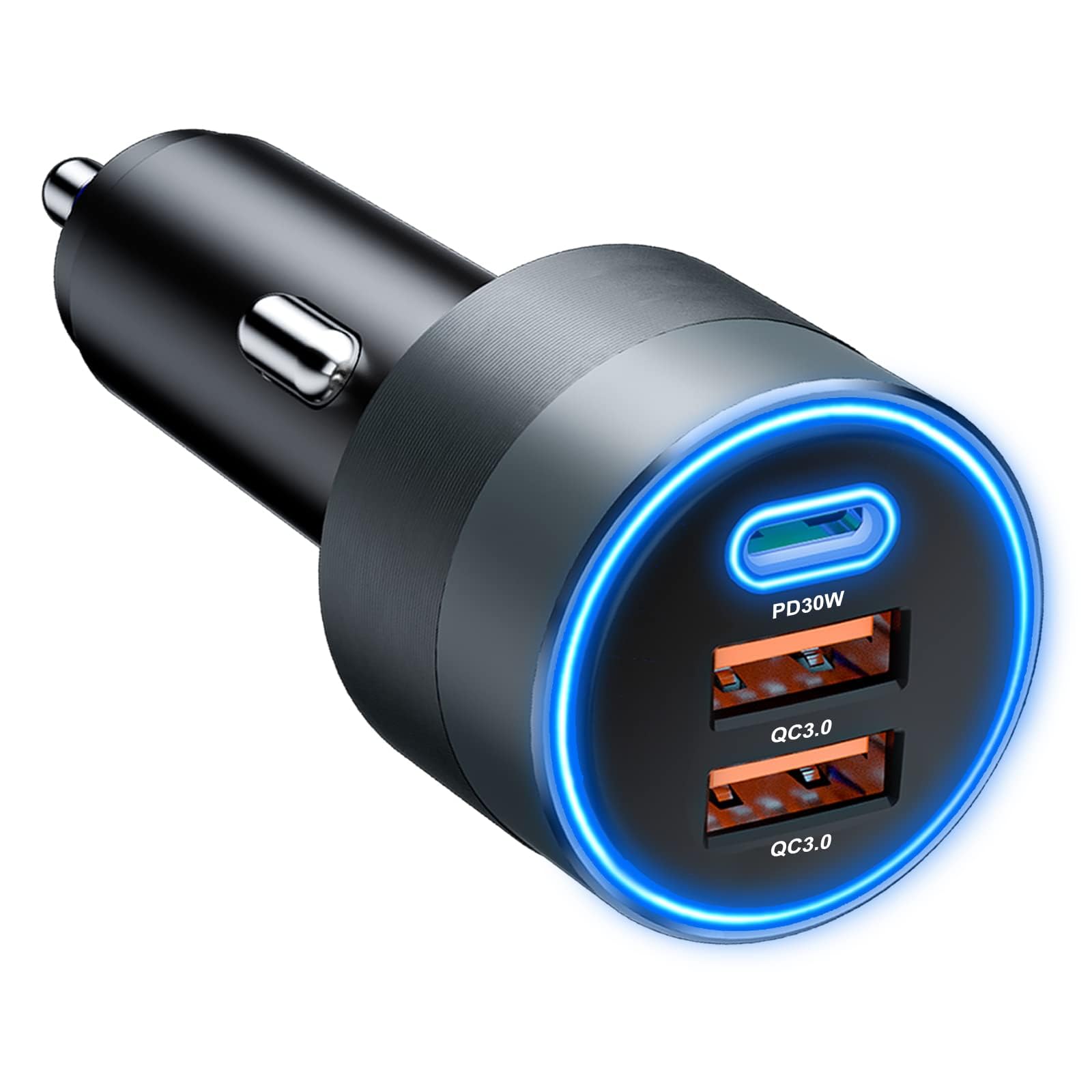The Ultimate Guide to Car Chargers for Electric Vehicles
With the rise of electric vehicles (EVs) around the world, car charger have become a vital part of the transportation ecosystem. As countries aim to reduce greenhouse gas emissions and shift towards greener energy solutions, EV adoption is growing rapidly—and with it, the need for reliable, efficient, and accessible EV charging infrastructure.
This comprehensive article dives deep into what car chargers are, the different types available, how they work, installation requirements, and future innovations in the industry.
What Is a Car Charger?
A car charger, in the context of electric vehicles, is a device that supplies electric energy to recharge the battery of an EV. Unlike traditional internal combustion engine (ICE) vehicles that rely on gasoline or diesel, EVs run on electricity stored in batteries. A car charger connects the EV to a power source, enabling the transfer of electricity to the battery.
Types of Car Chargers
Car chargers come in different types based on their speed, power output, and compatibility. The three primary categories are:
1. Level 1 Chargers (120V AC)
-
Power Source: Standard household outlet.
-
Charging Speed: 3–5 miles of range per hour.
-
Use Case: Home charging for plug-in hybrids or overnight charging for low-range EVs.
-
Pros: No special installation required.
-
Cons: Very slow charging; not ideal for full battery EVs.
2. Level 2 Chargers (240V AC)
-
Power Source: Requires a 240V outlet, similar to what is used for dryers or ovens.
-
Charging Speed: 10–60 miles of range per hour.
-
Use Case: Home, workplace, or public charging stations.
-
Pros: Faster charging; suitable for most daily EV needs.
-
Cons: May require professional installation.
3. DC Fast Chargers (Direct Current)
-
Power Source: Industrial-grade power supply (400V–900V).
-
Charging Speed: 60–250+ miles in 15–30 minutes.
-
Use Case: Highways, long-distance travel stops, commercial fleets.
-
Pros: Extremely fast charging.
-
Cons: Expensive; not all EVs are compatible; larger infrastructure required.
Home vs. Public Charging
Home Charging
Most EV owners prefer home charging for convenience and cost-effectiveness. Level 1 or Level 2 chargers can be installed in garages or driveways, allowing owners to charge overnight. Smart chargers can be programmed to charge during off-peak electricity hours to save money.
Public Charging
Public charging stations are essential for longer trips or urban dwellers without access to private parking. These stations are often found at shopping centers, airports, hotels, and parking garages. Networks like Tesla Superchargers, Electrify America, ChargePoint, and EVgo operate thousands of public chargers globally.
Installation and Costs
Installing a car charger, especially Level 2, requires certain considerations:
-
Electrical Panel Capacity: Your home’s panel may need an upgrade to handle the additional load.
-
Permits and Codes: Local regulations may require permits or inspections.
-
Cost:
-
Level 1: Minimal cost (usually included with the EV).
-
Level 2: $500–$2,000 for equipment and installation.
-
DC Fast Chargers: $10,000–$50,000+ for equipment alone, primarily for commercial use.
-
Note: Many governments offer rebates or tax incentives for charger installation.
Smart Charging Technology
Modern EV chargers are equipped with smart features, such as:
-
Wi-Fi Connectivity: Monitor and control charging remotely via smartphone apps.
-
Load Balancing: Distribute power across multiple chargers efficiently.
-
Scheduling: Set charging times to match lower electricity rates.
-
Integration with Solar Panels: Use solar energy to charge your EV for a sustainable option.
Charging Time: Factors That Affect It
Charging time is influenced by:
-
Battery Size: Larger batteries take longer to charge.
-
Charger Type: DC fast chargers are significantly faster than Level 1 or 2.
-
Vehicle Acceptance Rate: Not all EVs can accept high-power charging.
-
State of Charge (SOC): Charging slows as the battery nears 100%.
-
Temperature: Extreme temperatures can affect battery efficiency and charging speed.
Future of EV Charging
The EV charging landscape is rapidly evolving. Some key trends include:
1. Ultra-Fast Charging
New DC chargers capable of 350 kW or more are being developed, enabling charging times under 10 minutes for compatible EVs.
2. Wireless Charging
Wireless (inductive) charging is being tested for seamless, cable-free charging in homes and public spaces.
3. Vehicle-to-Grid (V2G) Technology
This allows EVs to return power to the grid, helping stabilize electricity demand and offering potential income to vehicle owners.
4. Solar-Powered Chargers
Charging stations powered entirely by solar panels are emerging, especially in off-grid locations or eco-conscious cities.
5. Autonomous Charging Robots
Companies are developing robots that can navigate parking lots and plug into EVs autonomously, enhancing convenience.
Environmental Impact
Switching from gasoline to electric vehicles drastically reduces CO₂ emissions, especially when the electricity comes from renewable sources. EVs also reduce air and noise pollution in cities.
However, the environmental benefits also depend on:
-
The energy mix used to generate electricity.
-
Battery manufacturing and recycling processes.
Sustainable charging, supported by solar and wind energy, further enhances the environmental advantages of EVs.
Conclusion
Car chargers are the backbone of the electric vehicle revolution. From simple home plug-ins to high-speed public superchargers, they empower a cleaner, greener future of transportation. Whether you’re an EV owner, a business planning to install chargers, or simply interested in the future of mobility, understanding how car chargers work is essential.
As technology continues to evolve, car chargers will become faster, smarter, and more widely available—bringing us closer to a world where driving electric is the norm.









